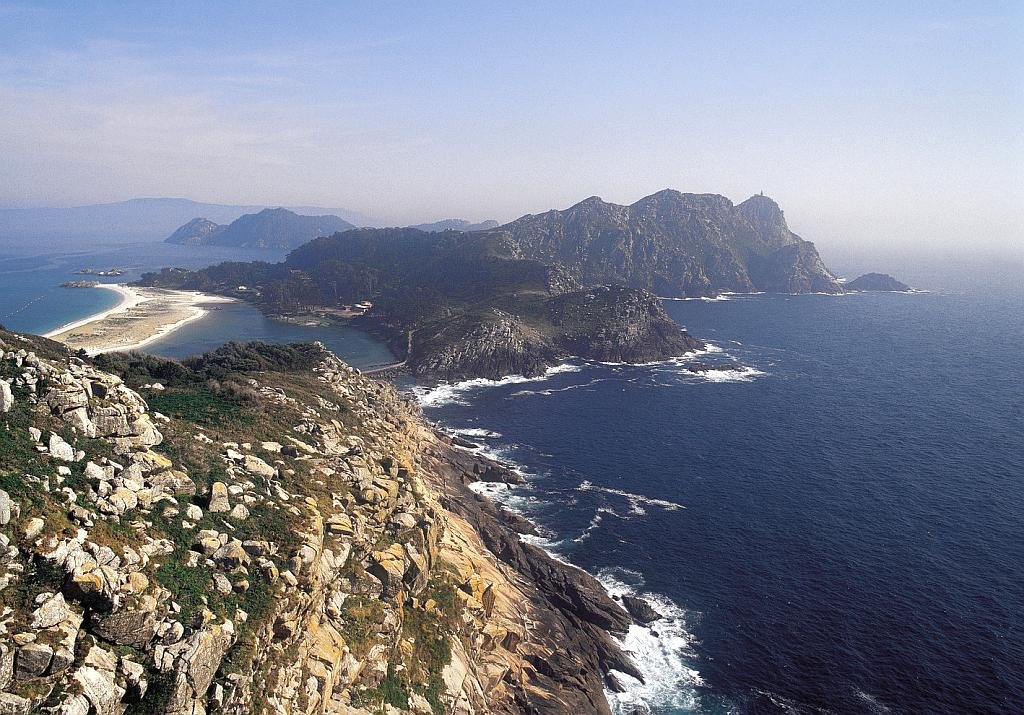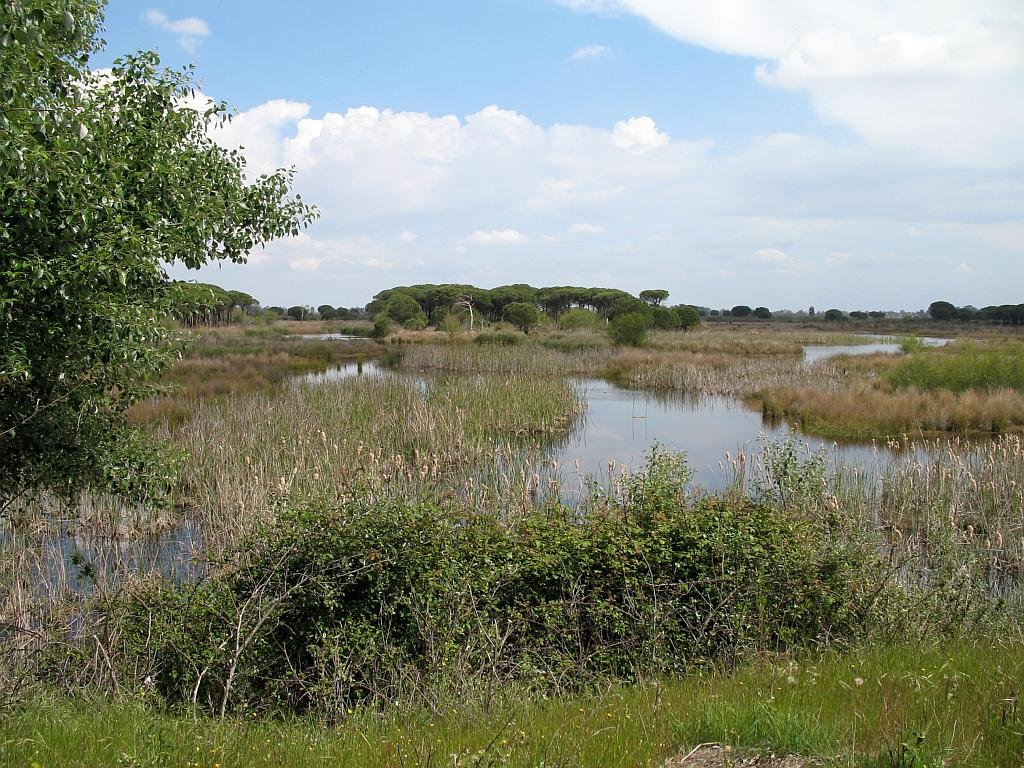- Region: Asturias, Cantabria, Castilla y León
- Province: Asturias, Cantabria, León
- Declared a Natural Park: 1918 enlarged in 1995
- Declared a UNESCO Biosphere Reserve 2003
- Z.E.P.A
- Park surface area: 64.660 hectares
Points of interest
The Montaña de Covadonga National Park ( now The Picos de Europa National Park) was established in Asturias in 1918, the first national park in Spain. The now much larger park covers three major massifs – Western, Central and Eastern which are all part of the Cordillera Cantabria range. The dramatic Cares river canyon, which is 1,500m deep, divides the western and central parts.
I’ve been living in this lovely area of Western Andalucia for the last 20 years or so and dedicate most of my time to the running of English language tourist information websites for the towns of Cádiz, Ronda, Grazalema, the famous or infamous Caminito del Rey, and also Wildside Holidays, which promotes sustainable and eco-friendly businesses running wildlife and walking holidays in Spain. My articles contain affiliate links that will help you reserve a hotel, bus, train or activity in the area. You don’t pay more, but by using them you do support this website. Thankyou!



